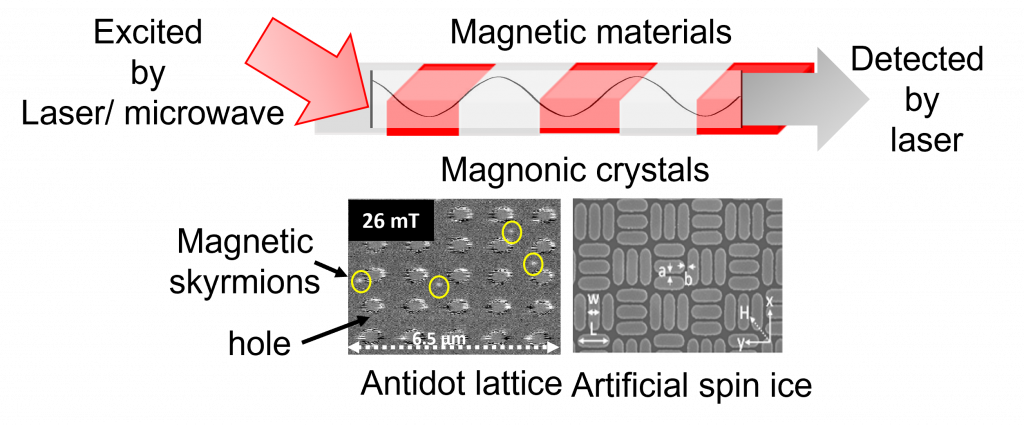‘Magnetic systems can be used as a basis of many present and future technologies’
Susmita Saha, Assistant Professor of Physics at Ashoka University, elaborates on her research that aims to address the understanding of and controlling magnetization (spin)-dynamics at Ultrafast Timescale
I remember as a child I used to hold a magnet in front of a television screen and wonder why the colours change and the picture get disrupted; this was the curiosity that prompted me to study Physics.
I completed my Ph.D. from S. N. Bose National Centre for Basic Science, India in 2016. Subsequently I moved to ETZ Zurich to pursue my post-doctoral research, during which I received ETH Zurich Post-Doctoral research fellowship award-2016, Funded by ETH Zurich and Marie Curie Action people COFUND Program. Then I moved to Uppsala University for my second postdoc. I received the prestigious Marie Sklodowska- Curie Fellowship in 2021. I have also received the SONATA grant as a principal investigator from the Polish science department. Machines have always fascinated me.
My current research is in the field of magnonics and spintronics. In particular, my goal is to address the understanding and controlling magnetization (spin)-dynamics at ultrafast timescale in case of ferromagnetic nanostructures. This research area is very active, competitive, and dynamic with key research outputs having applications in spintronics.
We have heard about electronics, where the charge of an electron is used to make devices. In the case of spintronics, we work with the spin of an electron to make devices. The material that is used is called ferromagnetic material e.g., Iron, Nickel, Cobalt. When a ferromagnetic material is disturbed, the disturbance propagates in the form of a spin wave. One can visualise it creating ripples when we throw a stone in still water.
The spin waves have the potential to transfer information. The quantization of spin waves is called magnon like the quantization of light waves is called photon. The research field is popularly known as magnonics. The ordered arrangement of atoms, ions or molecules forms a crystal structure. In the case of magnonic crystal, magnetic materials are arranged periodically in one, two or three dimensions and they form a magnonic crystal.
In general, the magnetization dynamics from femto to nanosecond time scale is studied. At nanosecond time scale, the precession of magnetization is observed in the form of spin waves. The wavelengths of spin waves are orders of magnitude shorter than those of light waves operating at the same frequency range, which makes magnonic crystals suitable candidates for nanoscale on chip microwave signal processing.

I have studied the tunability of the spin waves by varying various physical and geometrical parameters such as shape, size, lattice arrangement and materials.
Magnetic materials play an important role in modern technology. They are key components of motors, generators, and transformers. Magnetic “bubble films” could be used for storing and manipulating information. Amorphous magnetic alloys attracted considerable attention for their use in the magnetic recording and data storage technology.
The immediate future of magnetic materials involves greater use of nanofabrication to engineer new properties and devices. Many of these new magnetic materials technologies will converge in the emerging field of spintronics, (magnonics) where spin (magnon)-dependent transport phenomena hold the potential to supplant semiconductors in some microelectronic applications. Magnetic systems have potential to be used as a basis of many present and future technologies including patterned magnetic media, magnetic random-access memory, magnetic logic devices and magnetic resonance imaging, racetrack memory etc.
Magnonic crystals are also a suitable candidate for nanoscale on chip microwave signal processing and nanomagnonic devices, including magnonic waveguides, filters, splitters, phase shifters, spin-wave emitters, and logic elements.
The research findings from my lab will have indirect applications in technology. Magnonics is relatively a new field of research and the bigger goal of this field is to substitute current electronic devices with the magnonic devices.
Ashoka University’s Liberal Arts and Sciences education enables critical thinking and complex problem solving, as research and teaching are totally integrated.
This article is extracted from an interview conducted by Dr Yukti Arora; edited by Saket Suman









